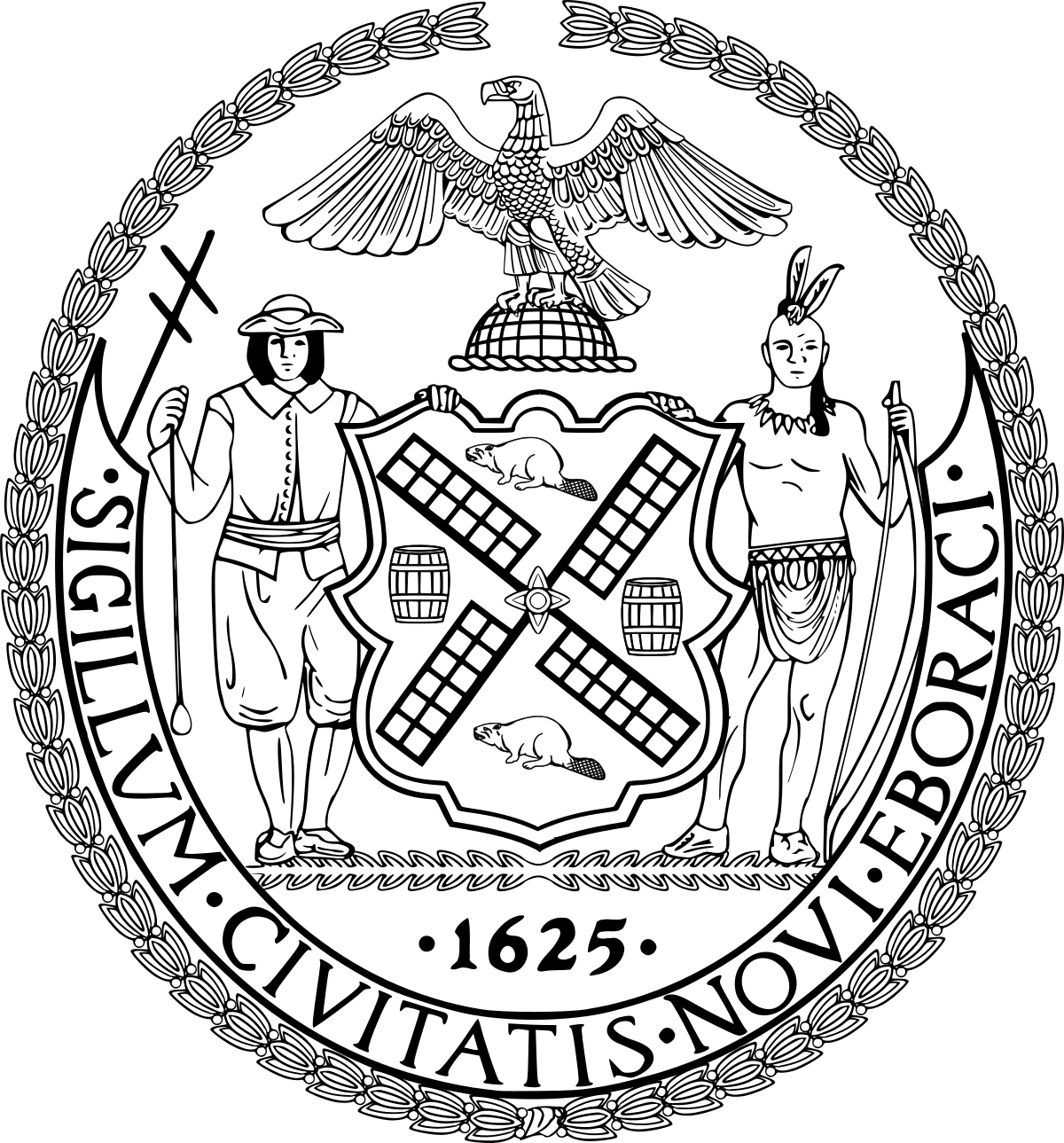NY Sun
Sold by newsboys hawking it on the street, the small format paper with stories devoted to local news, crime, scandal, and other topics of human interest, it soon had the largest circulation in the world
The Sun first gained notice for its central role in the Great Moon Hoax of 1835, a fabricated story of life and civilization on the Moon which the paper falsely attributed to British astronomer John Herschel and never retracted. On April 13, 1844, The Sun published as factual a story by Edgar Allan Poe now known as "The Balloon-Hoax", retracted two days after publication. The story told of an imagined Atlantic crossing by hot-air balloon.
Today, the paper is best known for the 1897 editorial "Is There a Santa Claus?" (commonly referred to as "Yes, Virginia, There Is a Santa Claus"), written by Francis Pharcellus Church.
John B. Bogart, city editor of The Sun between 1873 and 1890, made what is perhaps the most frequently quoted definition of the journalistic endeavor: "When a dog bites a man, that is not news, because it happens so often. But if a man bites a dog, that is news." (The quotation is frequently attributed to Charles Dana, The Sun editor and part-owner between 1868 and his death in 1897.)
In 1926, The Sun published a review by John Grierson of Robert Flaherty's film Moana, in which Grierson said the film had "documentary value." This is considered the origin of the term "documentary film"
The newspaper's editorial cartoonist, Rube Goldberg, received the 1948 Pulitzer Prize for Editorial Cartooning for his cartoon, "Peace Today". In 1949, The Sun won the Pulitzer Prize for Local Reporting for a groundbreaking series of articles by Malcolm Johnson, "Crime on the Waterfront". The series served as the basis for the 1954 movie On the Waterfront.
The Sun's first female reporter was Emily Verdery Bettey, hired in 1868. Eleanor Hoyt Brainerd was hired as a reporter and fashion editor in the 1880s; she was one of the first women to become a professional editor, and perhaps the first full-time fashion editor in American newspaper history.
1917 In 1917, The Sun moved its offices to the historic A.T. Stewart Company Building, site of America's first department store, at 280 Broadway between Chambers and Reade streets, renaming it "The Sun Building" with a landmark clock featuring its name and slogan on the Broadway façade.

